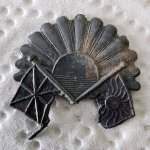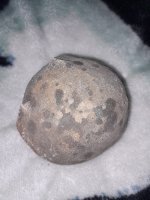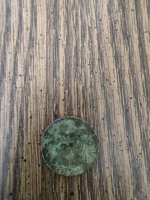pgill
Bronze Member
- Jun 4, 2005
- 1,258
- 22
- Detector(s) used
- Tesoro Silver Sabre II / Garrett Ace 250
- Primary Interest:
- Metal Detecting
Hi All,
Not sure if this is a silly question or not..... Is there any signs that can tell a person if there are nuggets in a river? How would I know where to look?
I am living in South Africa in a gold mining area (underground rock mining).... Would that mean that rivers near by would also have gold in them?
God bless
Peter
Not sure if this is a silly question or not..... Is there any signs that can tell a person if there are nuggets in a river? How would I know where to look?
I am living in South Africa in a gold mining area (underground rock mining).... Would that mean that rivers near by would also have gold in them?
God bless
Peter
Amazon Forum Fav 👍
Upvote
0







